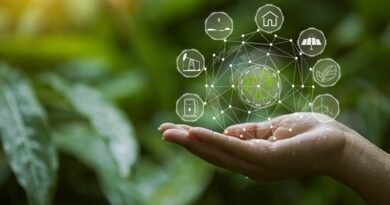When Grain Waste Becomes Clothing
Sustainable fashion minimizes the overall environmental damage caused by the industry, and we have started to see a huge shift in the right direction. The Berlin-based fashion label RAFFUAF’s new clothing line is one such example, incorporating food waste and turning it into a useful textile coating. This not only gives consumers the benefit of water-resistant clothing, but also provides them with timeless pieces that can be worn for years. Furthermore, as the wax material used is not needed by the food industry at all, the label is creating something that adds sustainable value to fashion without competing with food.
RAFFAUF uses a new textile coating made from waste materials left after grain processing. Through upcycling, the company transforms waste into water-resistant clothing. Synthetic and natural materials have been recycled and reused as textiles for years, with products ranging from plastic bottles to recycled wool. The idea of upcycling waste products from the food industry is new.
How does grain become clothing?
After the grain is harvested, it is separated from the husk and processed into flour and other food products. Products such as bran and oils are extracted from the husk. This process leaves a waxy substance that is usually disposed of as a waste product. The wax is hardly usable as a raw material in its solid state. To turn it into a coating, it is heated and melted for several hours. In its liquid form, it is mixed with contaminant-free additives that make the wax water-soluble. They ensure that a homogeneous liquid is produced and that the coating can be applied evenly to fabrics without leaving stains.
“We always try to avoid creating waste during our production in the first place. All the more reason for us to be happy to give waste a new life and create something new through upcycling,” explains designer Caroline Raffauf. Upcycling is a form of recycling in which waste products are reused, and new products with a higher value are created. The wax extracted from grain husks is unsuitable for the food industry. “The textile coating adds value without competing with food,” says Raffauf.
The finished coating consists of 90 % recycled biological waste from grain processing. The natural property of the wax ensures that the impregnated clothing is resistant to water and water-based liquids such as teas and fruit juices.
In the current collection, RAFFAUF uses the coating from grain waste on linen. In the future, the brand plans to conduct further tests on organic cotton and recycled natural fibres.




